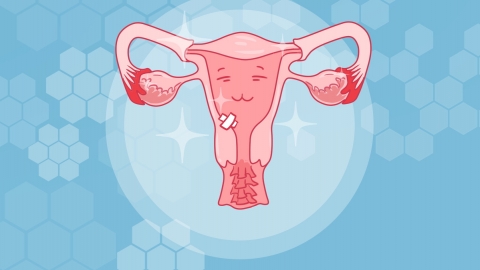What does a bicornuate uterus mean?
Generally speaking, bicornuate uterus is a type of congenital uterine malformation and belongs to abnormalities of uterine development. Detailed analysis is as follows:

A bicornuate uterus is a rare abnormality of uterine development and is a type of uterine septum. During embryonic development, the two paramesonephric ducts fail to fully fuse or partially fuse improperly, resulting in an adult uterus that appears as two horns or two separated halves, resembling a heart shape or bicornuate form. This structural abnormality may affect a woman's fertility, increasing the risks of miscarriage, preterm birth, and abnormal fetal positions. During childbirth, women with a bicornuate uterus may experience poor development or malformation of the uterine muscle layer, potentially leading to complications such as uterine rupture, placental retention, or postpartum infection.
Diagnosis and treatment of a bicornuate uterus should be conducted under the guidance of professional physicians. Patients should avoid self-diagnosis or blind treatment. Women who plan to become pregnant are advised to undergo detailed reproductive system examinations before conception to assess uterine morphology and function and to develop an individualized fertility plan.





